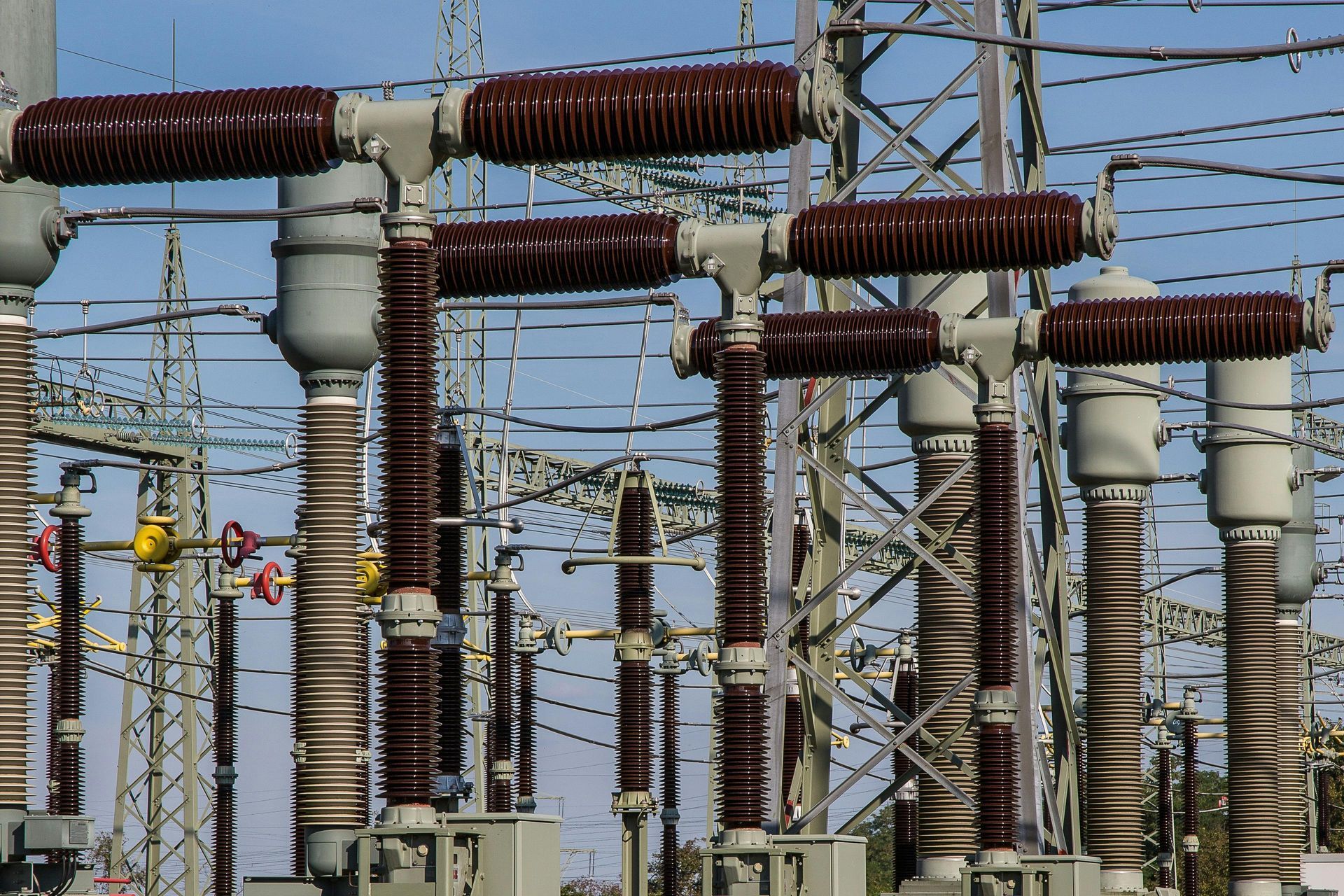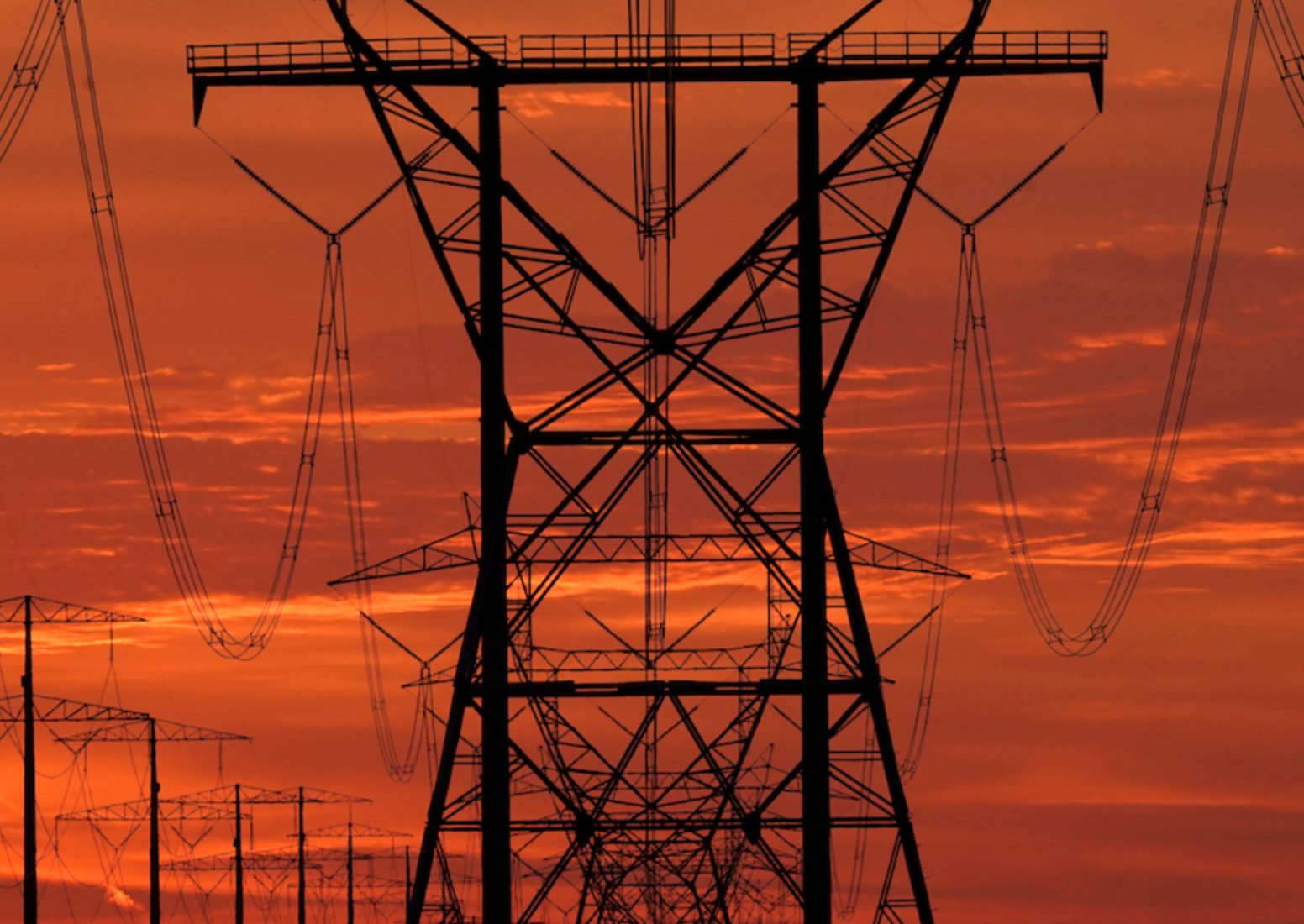Merrill's Market Overview
October 7, 2024
Bullish Market Overview
Market Update: Energy Sector Overview
As we navigate the complexities of the energy market, several factors are contributing to both bullish and bearish sentiments. Understanding these variables is crucial for informed decision-making in this volatile environment.
Bullish Factors:
- Rising Global Demand:
- Economic recovery post-pandemic has accelerated industrial activities, leading to increased energy consumption across the globe. Emerging markets, particularly in Asia, are showing significant growth in energy demand, supporting higher prices.
- Supply Constraints:
- Geopolitical tensions, particularly in major oil-producing regions like the Middle East, and production cuts from OPEC+ are tightening supply, contributing to upward pressure on prices.
- Energy Transition Investments:
- The global push towards cleaner energy is driving significant investment in renewable energy projects. This transition, while positive in the long term, is creating short-term supply gaps in traditional energy sources, pushing prices higher.
- Weather-Driven Demand:
- Extreme weather conditions, such as prolonged heatwaves or severe winters, can spike demand for energy, particularly for cooling and heating, thereby supporting a bullish outlook.
Bearish Factors:
- Economic Uncertainty:
- Concerns about a potential economic slowdown, driven by high inflation and tighter monetary policies, could dampen energy demand. Reduced industrial activity might lead to an oversupply situation, putting downward pressure on prices.
- Technological Advancements:
- Innovations in energy efficiency and storage technologies are reducing the overall energy consumption in key sectors, potentially offsetting demand growth and exerting bearish pressure on the market.
- Renewable Energy Growth:
- The rapid expansion of renewable energy sources, particularly solar and wind, is increasing the share of clean energy in the global mix. This shift is gradually reducing reliance on fossil fuels, which could lead to a softening of traditional energy markets.
- Government Interventions:
- Policies aimed at controlling inflation and stabilizing economies, such as subsidies for renewable energy or strategic petroleum reserves releases, could temper energy prices and mitigate the bullish factors.
Market Outlook:
- Given these factors, the energy market is likely to experience continued volatility in the near term. While bullish factors such as rising demand and supply constraints are pushing prices higher, the potential for an economic slowdown and the growth of renewable energy pose significant downside risks.
- Energy brokers should remain vigilant, closely monitoring these variables and adjusting strategies accordingly. Hedging against price fluctuations and diversifying portfolios with a mix of traditional and renewable energy assets may be prudent approaches to managing risk in this uncertain landscape.










